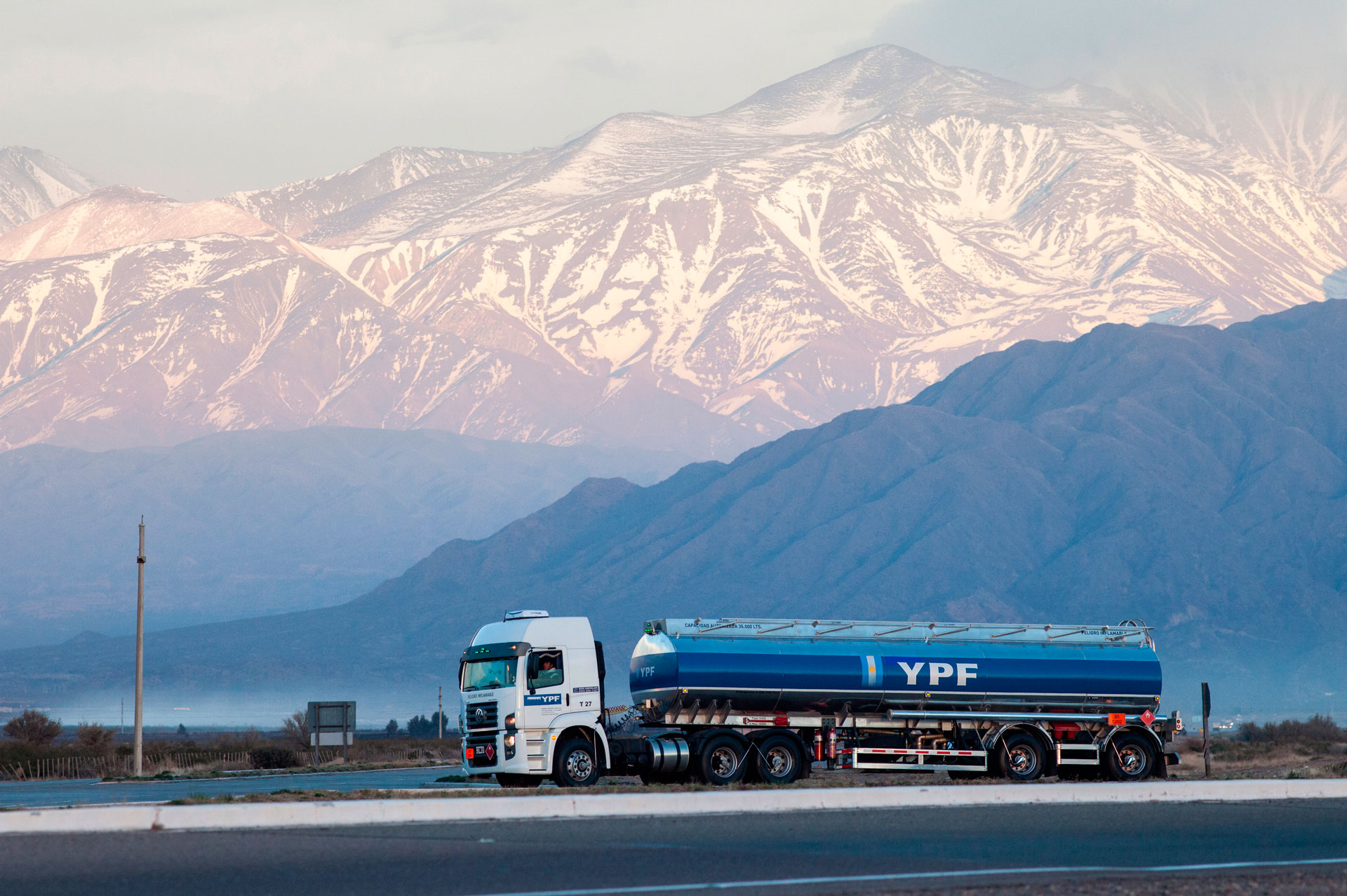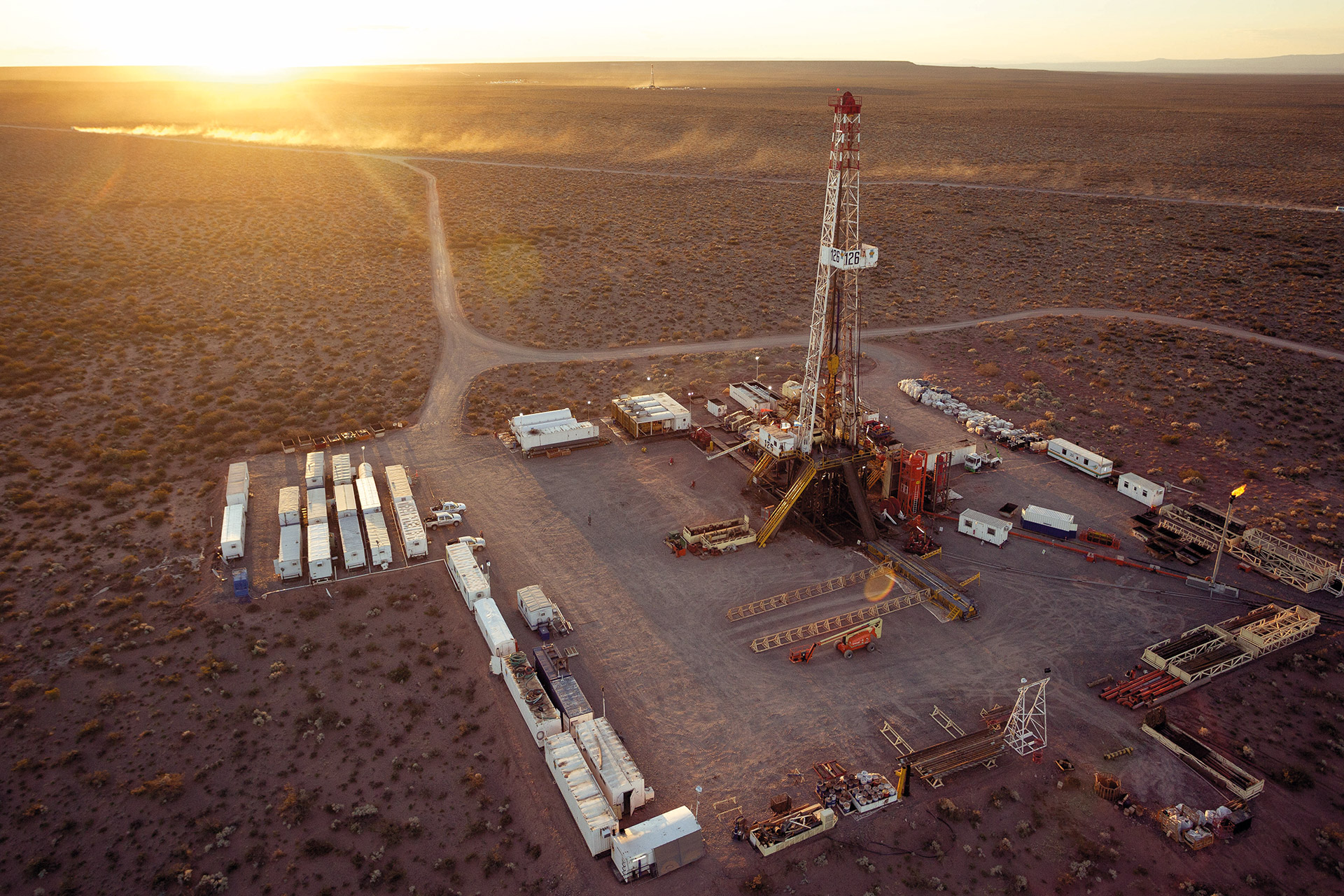
The Energy Challenge
ARGENTINA’S UNCONVENTIONAL OIL & GAS RESOURCES ARE AMONG THE WORLD'S LARGEST
YPF IS WORKING AND INVESTING TO INCREASE PRODUCTION WITH THE AIM OF MEETING THE CHALLENGE OF REGAINING ENERGY SELF-SUFFICIENCY.
Walking rigs: latest generation drilling equipment in Vaca Muerta.
The importance
of hydrocarbons
Energy is the basis of our society and our way of life.
We depend on it for food
production, transportation, heating, electricity, lighting, telecommunications and technology.
The economic development of the country depends on the availability of oil and gas, the main sources of energy which do not only generate electricity.
90% of the objects we use every day are derived from petroleum products. Petroleum is also essential for producing bottles, bags, cell phones, watches, clothing, paint, detergents, fertilizers, toothpaste, hair conditioner and much more.
Moreover, in Argentina, 1,800 million liters of diesel are used to produce 100 million tons of grain annually.
It is estimated that by 2040 renewable energies will occupy nearly 15% of the  world’s
energy matrix. However energy from fossil fuels will continue to occupy a
high percentage of more than 80%.
world’s
energy matrix. However energy from fossil fuels will continue to occupy a
high percentage of more than 80%.

THE ENERGY MATRIX
IN ARGENTINA 2012
Argentina
Europe
USA
Brazil
China
The energy matrix of the world
*Percentage of gas and oil in the energy matrix of each country.
cerrar
 action
action
-
action
-
action
-
action

Resources to regain self-sufficiency
Due to the natural decline of conventional hydrocarbon reserves and a sustained increase in
demand for fuel and the thousands of products derived from it, in addition to alternative
energies it is also necessary to explore and add new resources. Shale is a sedimentary formation
with low permeability which contains unconventional hydrocarbons housed in the micropores of the
rock. To extract oil and gas from this rock conventional perforations are performed similar to
those used in Argentina over the past 70 years, and with the addition of a next-generation
technology known as hydraulic stimulation. The highest safety
standards are applied in this technique and this ensures both efficiency and environmental
care.
is a sedimentary formation
with low permeability which contains unconventional hydrocarbons housed in the micropores of the
rock. To extract oil and gas from this rock conventional perforations are performed similar to
those used in Argentina over the past 70 years, and with the addition of a next-generation
technology known as hydraulic stimulation. The highest safety
standards are applied in this technique and this ensures both efficiency and environmental
care.
Our country has an enormous worldwide potential to obtain large hydrocarbon reserves from
unconventional resources.

It is an extraction technique known since the 50s and practiced around the world for decades. It involves injecting a fluid composed of 95% water; 4.5% sand and 0.5% additives to create the necessary channels through which hydrocarbons can flow naturally. This is done in stages and for only 1-2 days. Once completed the well remains in production for the next 20-40 years.
The drilling of an unconventional well is the same as that of a conventional well. In both cases the same equipment is used and the same environmental permits are required , which are regulated by the responsible enforcement authority.
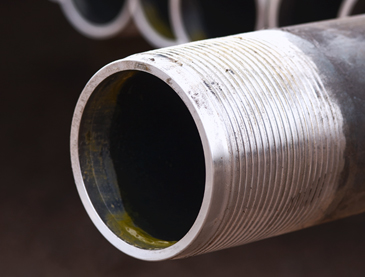
Isolated by several layers of cement and steel.
Thick steel piping that prevents contact of the hydrocarbons with water and other formations.
An inert and harmless material for the rock and water lining the walls of the well.
The casing and the cement are utilized both at the beginning and at the end of the well.
All materials and installations are tested to 25% above their resilience.
It is done with a special tool which opens avenues to connect the pipeline with the geological formation.
They have 2 mm in diameter and can reach a distance of 100 m.
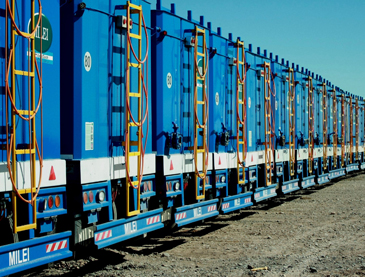
From the surface a fluid composed of 95% water, 4.5% sand and 0.5% of chemical additives is injected at high pressure through the piping, opening the lines in the source rock and interconnecting the pores containing the hydrocarbons to obtain the required permeability.
Some of them are also used in products such as table salt, bath soap, cosmetics, beverages, juices, candy, etc.

The size is approximately 50 times smaller than the diameter of a hair.
They are used to prevent the rise of the hydrocarbons while hydraulic stimulation is performed at another stage in the pipeline.
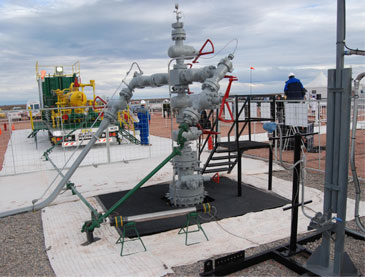
A tool is introduced to rotate the plugs and clear the way. The hydrocarbons flow by natural pressure through the pathways that have been made. The well remains in production for the next 20-40 years.
METHOD
OF EXTRACTNG
UNCONVENTIONAL
OIL & GAS

300M
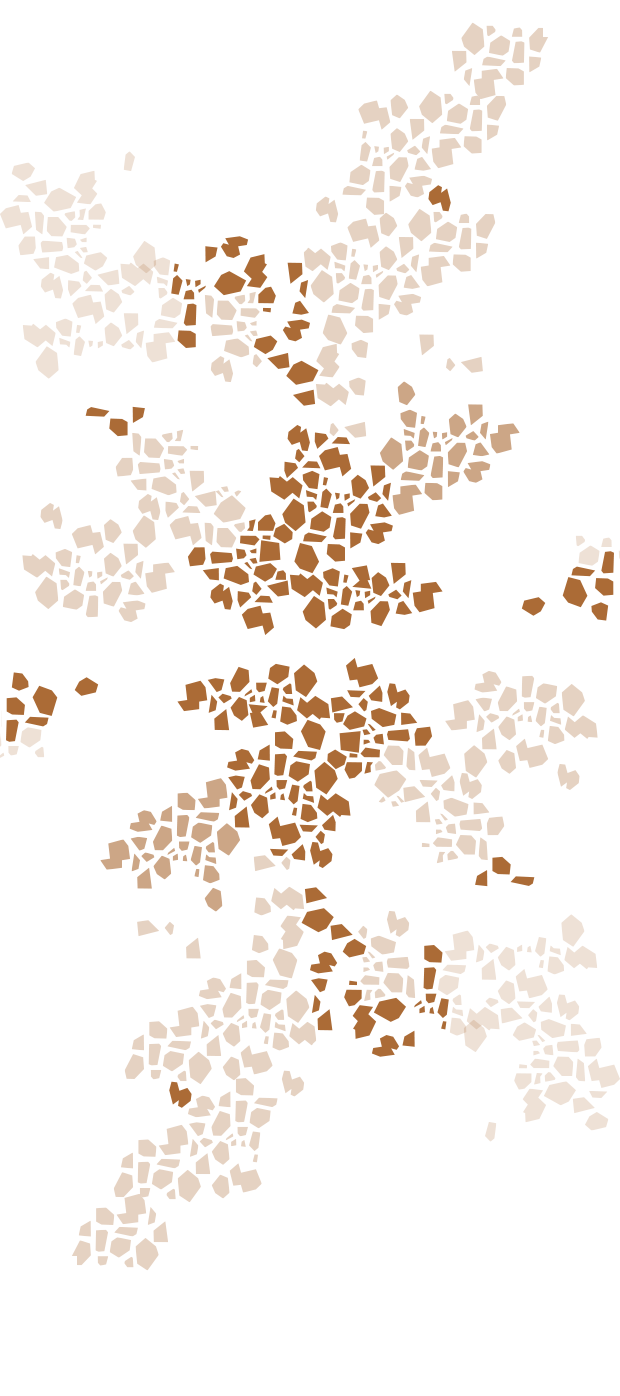
2.500M
Vaca Muerta
It is a geological formation of
30,000 km² (12,000 km² in concession to YPF ) located mainly in the province of Neuquén and
containing oil and gas found at a depth of more than 2,500 meters, far from the groundwater that
in this region is located at a depth of between 300 and 400 meters.
The relevance of Vaca Muerta is so significant that the development of only a small part of this
formation could cover the country’s energy deficit.
ver
mapa

MYTHS ABOUT HYDRAULIC STIMULATION
